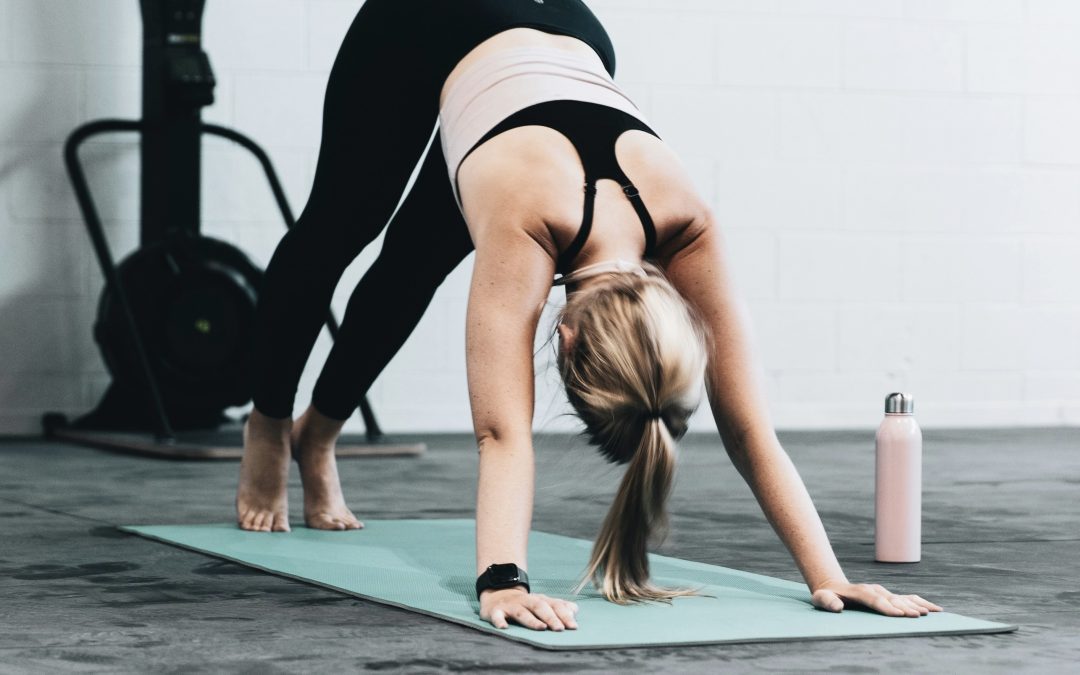“Breathe into your hips,” the instructor said with a serene smile. I couldn’t help but think, “If my lungs were in my hips, I’d be in some serious anatomical trouble.” The confused look on my face must have been priceless because the instructor came over and gently said, “Just relax.” That was my early encounter with yoga—a mix of bemusement, frustration, and a fair amount of internal sarcasm.
I’ll admit it: I’ve never been a big fan of yoga. At first, I found it incredibly boring. My mind would race, thinking about the 8 million other things I’d rather be doing—like organizing my sock drawer or rearranging my spice cabinet. The language instructors used often didn’t resonate with me, making it even harder to stay engaged. Despite these challenges, I understood that the benefits of yoga were real and backed by science. That’s why, over the years, I’ve started and stopped yoga many times. My initial motivation? I wanted to be bendy, flexible, and, admittedly, look cool and attractive. Haha, OMG!
Breaking Through the Resistance
One of my first yoga experiences was at a studio on Arbutus and West 4th, above a hair salon. I bought a 30-day unlimited package and, in a burst of enthusiasm, went every day for a week. Predictably, I went from 0 to 100 and burned out, not going back for the rest of the month. This all-or-nothing approach was not sustainable. So, I tried doing it at home, where I didn’t have to race after work to the studio. Turns out you don’t need a fancy yoga mat or the latest Lululemon gear to practice yoga; you can do it just as effectively in your pajamas. For me, thinking of it more as stretching and breathing rather than traditional yoga made it more approachable and beneficial. This mindset shift was crucial, especially as I started to appreciate the true benefits of these practices.
Yoga for Reluctant Beginners
Despite my rocky relationship with yoga, I’ve come to appreciate how it helps me focus on the present and slow down my racing mind. Combining yoga with meditation has a profound effect on reducing stress and anxiety. Studies show that yoga can lower stress hormones and increase the production of feel-good neurotransmitters, while meditation provides a mental sanctuary for relaxation and clarity.
One unexpected benefit of yoga and meditation has been the way they help me connect back with my body and process emotions. As a late-stage colon cancer survivor, connecting with my mind and body has been pivotal in my health. It took a cancer diagnosis for me to really appreciate and stick to the benefits of meditation and yoga—or as I like to call it, stretching and breathing. This perspective shift is still something I throw around to keep me coming back to the mat. And yes, still in my pj’s.
Plus, meditation in particular, has sharpened my mind and improved my focus. When paired with the physical aspect of yoga (or stretching, in my case), it creates a holistic approach to mental health that I never anticipated. The mindfulness aspect of both practices helps maintain mental clarity and keep me grounded.
Yoga for Reluctant Beginners: Practical Tips
Starting Small and Simple
For those who are skeptical like I was, start small. Begin with easy yoga poses that feel more like stretching. Pair these with short, guided meditation sessions to ease into the practice without feeling overwhelmed. This approach is especially useful in yoga for reluctant beginners.
Finding Your Comfort Zone
Adapt yoga to suit your preferences. If traditional yoga classes don’t resonate with you, focus on stretching and breathing exercises that you find helpful. The key is to make the practice work for you, not the other way around. And remember, you can do this in the comfort of your pajamas at home. This is another important aspect of yoga for reluctant beginners.
Building a Routine You’ll Stick To
Creating a sustainable routine is crucial. Avoid the mistake I made of overcommitting and burning out. Instead, set realistic goals and gradually build up your practice. Consistency is more important than intensity. This is a vital tip for anyone considering yoga.
From Skeptic to Believer
My journey with yoga and meditation has been far from straightforward, but I’ve come to see the value in these practices. The mental health benefits are real, and even if yoga isn’t my favorite activity, it’s worth incorporating into my routine. If I can find peace and clarity through yoga and meditation, so can you.
While yoga might not be my favorite way to spend time, I can’t deny the benefits it brings when combined with meditation. These practices help manage stress, boost mood, and enhance overall mental clarity. If you’re skeptical about starting yoga and meditation, remember that you can adapt these practices to fit your needs. Start small, find what works for you, and build a routine that supports your mental health journey. Plus, stretching and breathing can open doors to a healthier, more balanced life.


Recent Comments